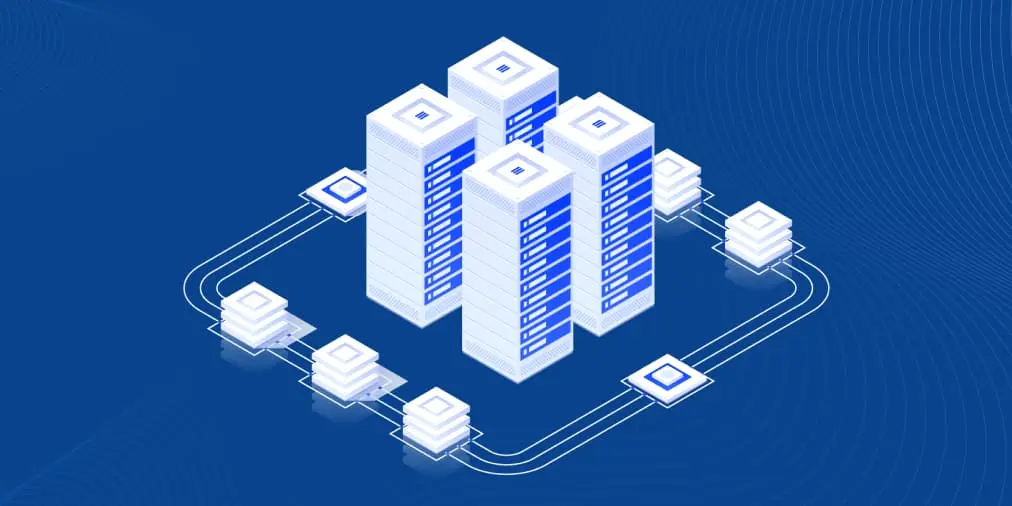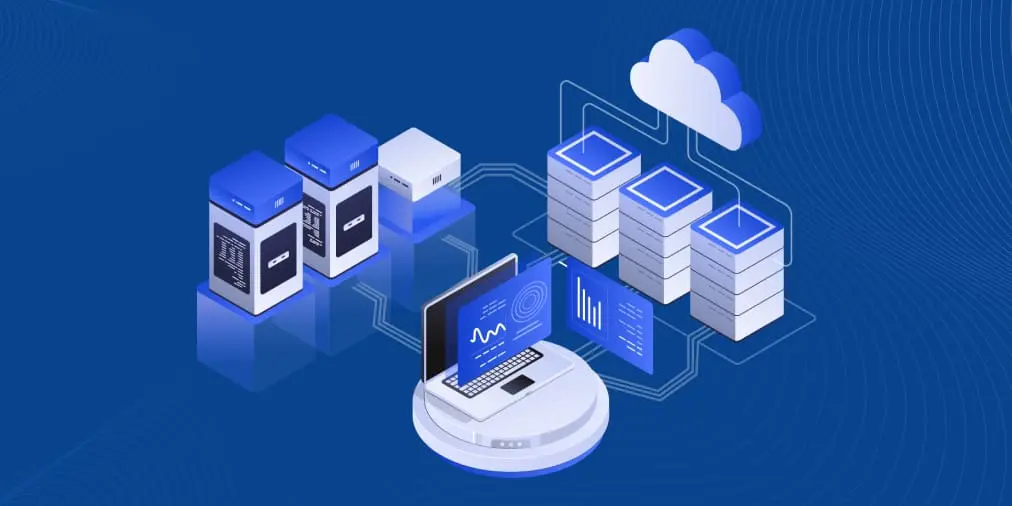VMware Hardware Version Overview: Upgrades and Compatibility
The hardware version of a virtual machine (VM) reflects the virtual hardware features and functions that the VM supports, which in turn relate to the hardware available on a physical host. When you create a VM, you can choose either the default hardware version or an earlier version. If you choose the latter, however, this may limit the VM’s functionality.
The purpose of our article is to provide a comprehensive VMware hardware version overview. By way of background, VMware is an unquestionable leader in the market of cloud computing and virtualization, with the product line rich enough to suit the needs of virtually all businesses. So far, the company has released more than 10 virtual hardware versions.
Our article explains how and whether to perform the upgrades, and how to check the compatibility between the virtual hardware version and a VM’s host.
Basic Information
VMware offers a rich selection of devices, options, resources, etc. to configure or add to your VM. You should pay attention to compatibility, as some of the hardware devices cannot be added to certain VMs. Both the physical machine the VM is running on and this VM’s operating system are meant to support the devices or configurations that you are going to add. Moreover, you can add or configure virtual hardware only if you are running the latest available VMware VM version.
Some of the basic VM hardware devices are outlined below:
| CPU | A VM that runs on an ESXi host can be configured to have multiple processors, but not more than the number of CPUs on the physical host. |
| Network adapter | ESXi networking functionality enables communication between VMs on the same host, on different hosts, and with other virtual and physical machines. |
| DVD/CD-ROM drive | When a new vSphere VM is created, the drive is installed by default. The drive can be configured to connect to client and host devices, as well as Datastore ISO files. DVD/CD-ROM devices can be added, removed, or configured. |
| Hard disk | A large physical file (or a set of files), the virtual disk stores data associated with a VM’s activities, including its OS, program files, etc. This file can be copied, moved, backed up, or archived. |
| Memory | The memory size of virtual hardware determines how much memory is available to applications running on a VM. |
Virtual hardware includes BIOS and Extensible Firmware Interface (EFI), while its version determines the amount of virtual PCI slots, maximum number of virtual cores, maximum memory size, and other characteristics typical for a physical machine. As an example, the maximum memory size in ESXi 6.0 (hardware version 11) is 4,080 GB, while in ESXi 6.5 (hardware version 13), it is as much as 6,128 GB.
A VMware product is unable to power on a VM if its hardware version is higher than this product supports. For example, VMware Fusion 6.x (VMware hypervisor for Macintosh) can only run a VM on a VMware hardware version 10 or lower. In order to run a VM on hardware version 11, you need VMware Fusion 7.x.

Virtual hardware upgrading can be compared with the process of when you take out the hard drive and then place it into a new machine. In a virtual environment, the success of the upgrade procedure depends upon the guest OS’s resiliency in the event of hardware updates. In view of this, VMware recommends upgrading virtual machine hardware only in case you need extra functionality added in a new version. If you want to preserve compatibility with older hosts, or standardize testing and deployment in your environment, it is better to stay with an earlier VMware hardware version.
VMware Hardware Version: Compatibility for ESXi
Upgrading your VMs to the latest hardware version is a wise practice. This is crucially important for improving the overall performance and efficiency of your VMware infrastructure.
The hardware version of a VM should be upgraded to the latest version of ESXi in use.
A quick reference: VMware ESXi is an enterprise-grade hypervisor designed for creating, running, and serving virtual machines. It is designed for bare-metal installation, meaning that it does not rely on an operating system, which allows for higher security and reliability.
For a better understanding of the compatibility issue, look through the table below:
| ESXi version | VMware hardware version |
| ESXi 6.7 | 14 |
| ESXi 6.5 | 13 |
| ESXi 6.0 | 11 |
If you are creating a new VM or upgrading an existing one, pay attention to the VM compatibility settings: you need to properly select the ESXi host version that the VM can run on. Precisely put, the compatibility settings determine the virtual hardware functions that are available to a VM. Each compatibility level of virtual hardware supports several vSphere releases. For example, a VM running on ESXi 5.5 can also run on ESXi 6.0, and ESXi 6.5.
The good news for those planning a VM upgrade is that the process requires no downtime for vCenter Server (VMware’s centralized management utility) or ESXi hosts. Your VM is only unavailable during the shutdown and until the guest OS restarts.
Before You Start VMware Hardware Version Upgrade
As noted above, upgrading a VM to the latest hardware version may lead to further challenges. Therefore, the process requires careful planning and preparation. Consider performing the following steps before you get started:
- Create a backup or a snapshot of a VM to avoid any potential problems the upgrade may cause. Below, you can find a comprehensive explanation of how NAKIVO Backup & Replication can help you with this task.
- Make sure to upgrade VMware Tools.
For reference: VMware Tools is a set of services and modules that simplify the management of a guest operating system and enhance user interactions with it. Installed in the VM’s operating system, they provide for better performance of the VM and bring about many of the VMware products’ helpful features.
Be aware that Windows-based VMs can lose their network settings unless VMware Tools are upgraded.
- The VM should be healthy and available. Make sure that its virtual disks, CD-ROM, ISO images, etc. are valid and accessible.
- Determine the virtual machine hardware version. To do this, select the VM in the vSphere Client inventory. After this, do either of the following:
- Click the Summary tab and see the VM’s hardware version under General;
- Right-click the VM and select Edit Settings. See the hardware version in the upper-right corner of the dialog box;
- Select a datacenter, host, or cluster, and click the Virtual Machine tab. Find the hardware version in the VM Version column. Here you can also see the information on the hardware version of multiple VMs.
- In case you are using C# client, be aware that versions above 9 are not supported.
Wrapping Up
Upgrading your virtual hardware to the latest version provides you with great benefits, especially in terms of the available resources (size of memory, number of logical processors and virtual CPUs, etc.). However, you should pay special attention to the issue of compatibility: the hardware version of a VM must be compatible with the ESXi this VM is running on.
Consider using a reliable data protection solution, such as NAKIVO Backup & Replication that enables backup and replication, automation features, and disaster recovery orchestration.





